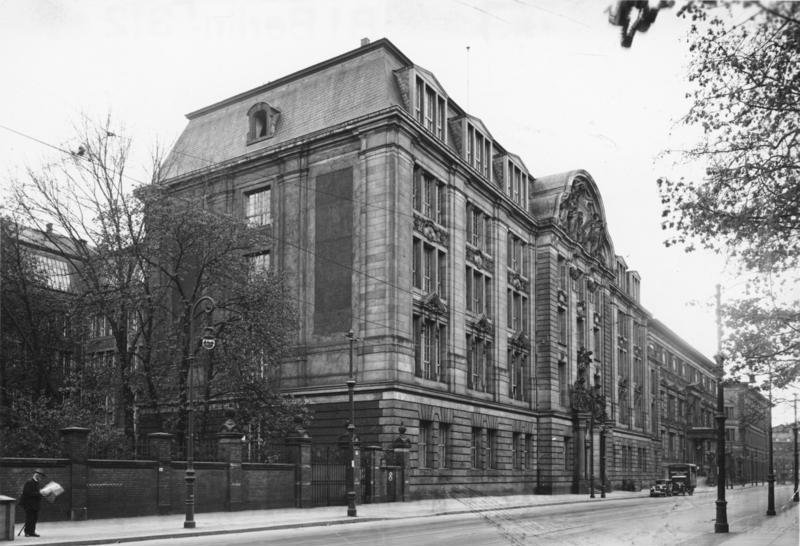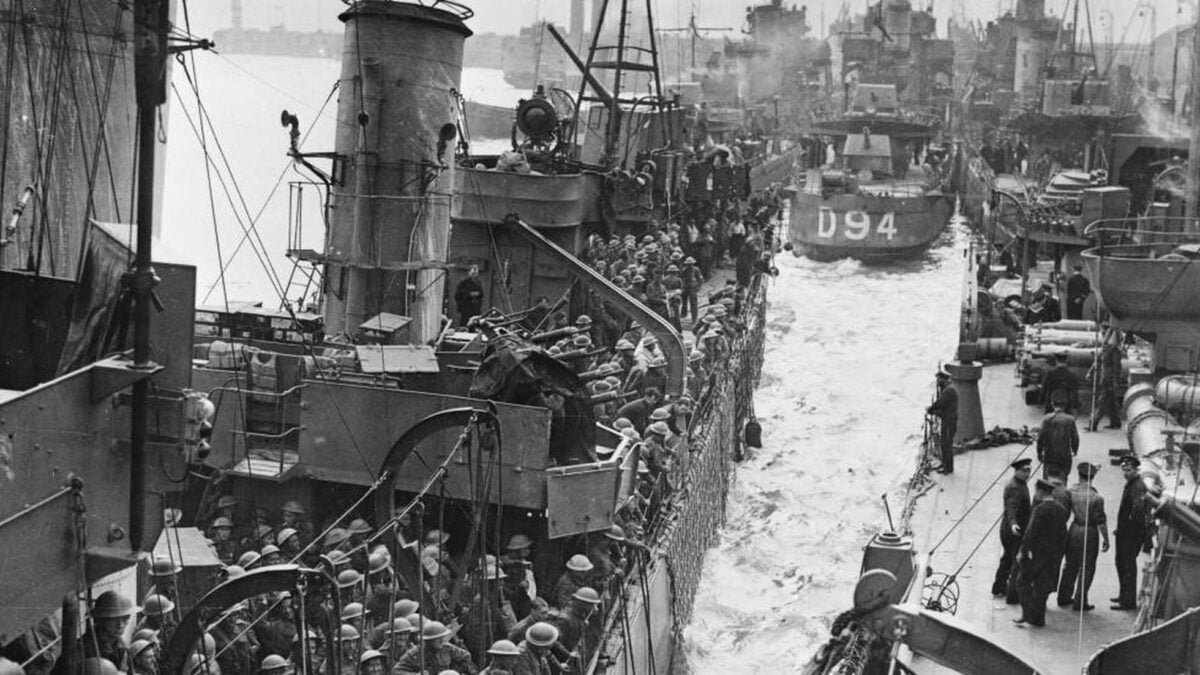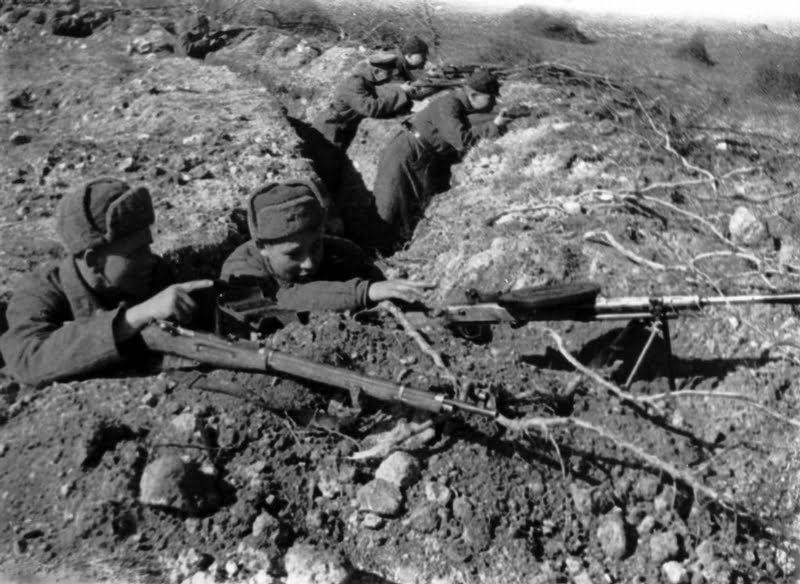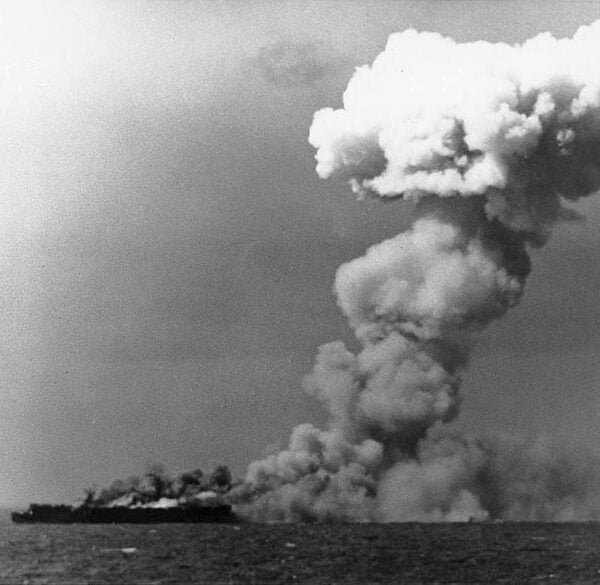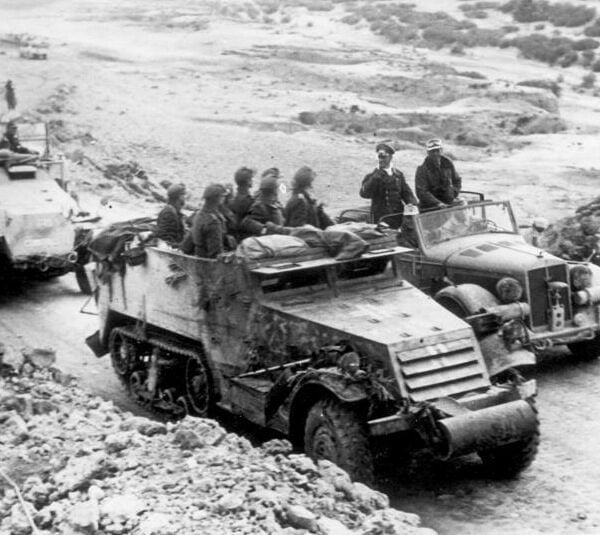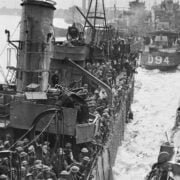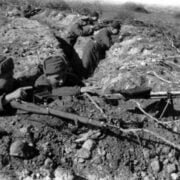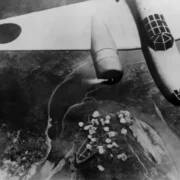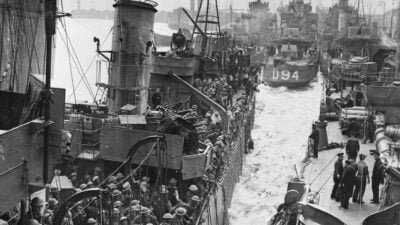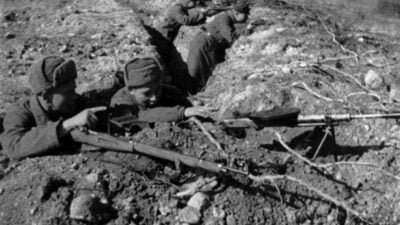Submarine warfare played a significant role during World War II, with German submarines, known as “U-boats,” acting as “sea wolves” in a relentless pursuit to sink Allied vessels.
Also check out: Operation Mincemeat: An Intriguing War Operation
German U-boats
During World War II, German submarines, known as U-boats (submarines), played a crucial role in the German naval strategy, causing serious damage to Allied forces and disrupting the supply of vital resources.


Submarine Warfare Attack Tactics
German U-boats developed highly effective attack tactics. They often operated in “wolfpacks,” where several submarines attacked a convoy of ships simultaneously. This made it extremely difficult for Allied ships to defend themselves. They preferred to attack at night, taking advantage of darkness to stealthily approach their prey.
Vessels Sunk in Submarine Warfare
U-boats sank a large number of Allied vessels during the war. They targeted a variety of vessels, including cargo ships, tankers, warships, and even passenger vessels. These attacks had a significant impact on Allied operations, impairing the supply of resources, military supplies, and personnel.
Patrol Areas
German submarines operated in various patrol areas around the world, but the Battle of the Atlantic, involving the North Atlantic Ocean, was the epicenter of submarine warfare. Routes for transporting vital resources between North America and Europe were particularly targeted by submarines. These routes were essential to the Allied war effort, making the struggle for control of the Atlantic crucial.
Advancements in Submarine Warfare Technologies
Throughout the war, the Germans improved their technologies and strategies. They developed more effective torpedoes and enhanced their ambush tactics. Additionally, many submarines were equipped with anti-aircraft guns, allowing them to defend against Allied air attacks.
The Catastrophe of 1943
The year 1943 was particularly challenging for German U-boats. The Allied forces improved their convoy escort strategies and developed more effective anti-submarine technologies. As a result, a large number of U-boats were sunk that year, marking a turning point in the Battle of the Atlantic.
Allied Response to the Threat of German U-boats
The threat posed by German U-boats during World War II required an effective response from the Allied surface navy. The battle in the Atlantic became one of the most critical theaters of submarine warfare, with the need to protect maritime supply routes and neutralize the threat of German submarines. In this chapter, we will explore in detail the Allied response to the threat of U-boats.


Naval Convoys
One of the key strategies adopted by the Allies was the organization of naval convoys. Allied merchant and warships traveled in groups, often escorted by frigates and destroyers, making it more difficult for the Germans to attack them individually. This convoy tactic allowed for better defense against submarine ambushes.
Warship Escorts
Warships, such as cruisers and battleships, were often used to escort convoys and protect them from U-boat attacks. These warship escorts were armed with heavy guns and anti-aircraft weapons, enabling them to attack submerged submarines or defend against air attacks.
Air Patrols
Air patrols played a crucial role in detecting U-boats. Allied aircraft, such as maritime patrol planes, were used to locate submerged submarines. Once detected, aircraft could drop depth charges to attack or alert warship escorts to carry out attacks.
Development of Anti-Submarine Technologies
The Allies invested significantly in the development of anti-submarine technologies. This included improvements in sonars, which allowed the detection of submerged submarines, and the innovation of depth charges, which were explosives dropped to attack the Germans. These technologies made hunting German submarines more effective.
Information Campaign
The Allies also launched an information campaign to make the crews of vessels aware of the dangers of U-boats and the safety measures to be adopted. This included instructions on actions to take in the event of a submarine attack, such as abandoning the ship or calling for help via radio.
Primary Theater of Submarine Warfare
The Battle of the Atlantic was the epicenter of submarine warfare during World War II, with German submarines attacking vital resource transport routes between North America and Europe. This theater spanned the North Atlantic Ocean, the Gulf of Mexico, and the Caribbean, marked by a constant struggle between German submarines and Allied naval forces.
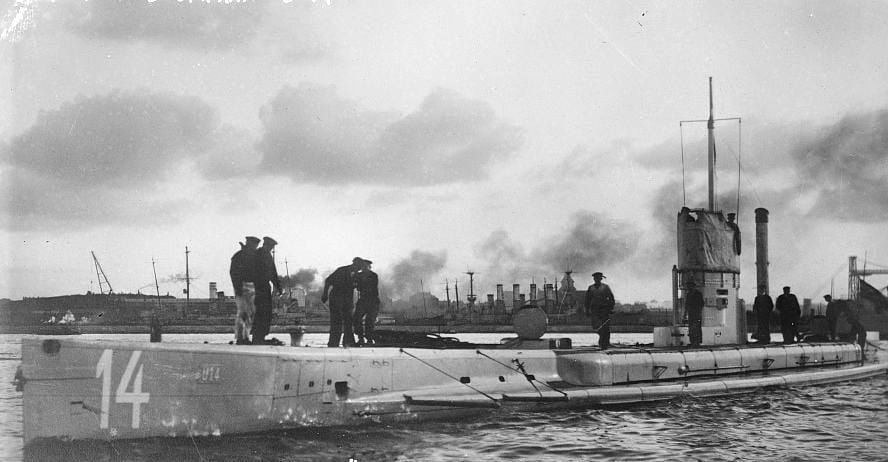

Scope of the Battle
The Battle of the Atlantic covered a vast geographical area. The Germans operated in various regions, including the North Atlantic, the Caribbean Sea, and the Gulf of Mexico. This meant that supply routes connecting North America to Europe were constantly under threat.
Allied Convoys
The Allies relied on maritime routes to supply vital resources such as food, ammunition, and military equipment. To protect these routes, naval convoys were organized, with merchant and warships traveling together, escorted by Allied warships. German submarines sought to break up these convoys and sink Allied vessels.
Challenges for the Allies in Submarine Warfare
The Allies faced significant challenges in the Battle of the Atlantic. In addition to U-boat attacks, German reconnaissance aircraft and maritime patrol planes represented a constant threat. Adverse weather conditions, such as fog and storms, made the detection and combat of enemy submarines even more difficult.
Evolution of Tactics
Both the Germans and Allied naval forces refined their tactics throughout the conflict. German submarines developed more effective methods of ambush and attacks, while the Allies improved their convoy escorts and detection of submerged submarines.
Turning Point in the Battle
The year 1943 marked a turning point in the Battle of the Atlantic. Allied forces improved their convoy escort tactics and developed more effective anti-submarine technologies. This led to an increase in the losses of German U-boats and a shift in the dynamics of the battle.
Legacy and Impact of Atlantic Submarine Warfare
The Battle of the Atlantic was one of the most crucial theaters of World War II, with its legacy and impact extending beyond the conflict. This section explores how this battle influenced modern naval warfare, international politics, and the public perception of war.
Impact of Submarine Warfare on Modern Naval Warfare
The Battle of the Atlantic had a lasting impact on modern naval warfare. It demonstrated the importance of using naval convoys and warship escorts to protect vital supply routes. Lessons learned in the fight against German U-boats were incorporated into the development of anti-submarine strategies and technologies.
Legacy in International Politics
The Battle of the Atlantic also had an impact on international politics. It highlighted the need for cooperation and coordination among Allied nations to ensure the security of supply routes. Additionally, the struggle for control of the Atlantic influenced how naval powers related to each other after the war.
Economic Repercussions of Submarine Warfare
The disruption of supply routes during the Battle of the Atlantic had significant economic implications for the nations involved in the conflict. The shortage of vital resources, such as oil, metals, and food, led to an increasing need for strategic planning and global cooperation in the distribution of supplies.
Public Perception
The Battle of the Atlantic played a role in the public perception of war. The resilience of convoy crews and warship escorts became a symbol of courage and determination. Stories of heroism and sacrifice in the waters of the Atlantic inspired and united Allied nations.
Popular Culture and Historical Memory
The Battle of the Atlantic also left a mark on popular culture and historical memory. Films, documentaries, and books often portray the battles and stories of individuals who fought in this theater. Memorials and museums worldwide honor the contributions of crews and commemorate the importance of this struggle in World War II.
